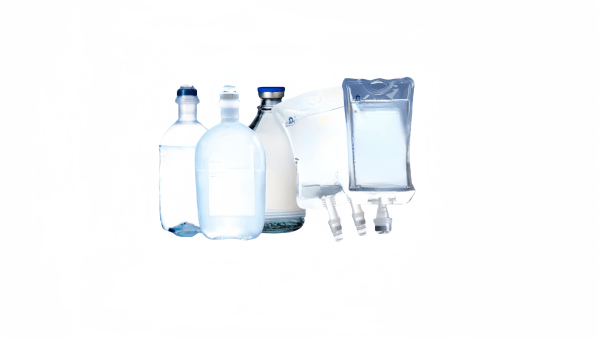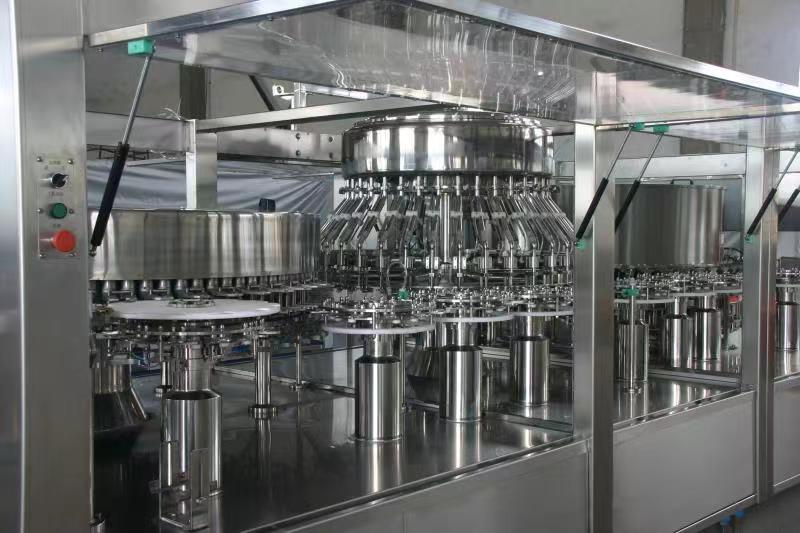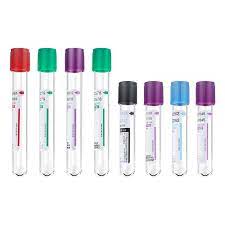intravenous (IV) solutions play a critical role in patient care, enabling the administration of fluids, nutrients, and medications directly into the bloodstream. The bottles or bags that contain these solutions are just as crucial, as they must ensure the safety, efficacy, and sterility of their contents. This comprehensive post delves into the specifications for IV solution bottle materials, highlighting the key aspects that make these containers suitable for medical use.
Types of Materials Used in IV Solution Bottles
The materials used for IV solution bottles are selected based on their ability to maintain the integrity of the solution they contain. The most commonly used materials include:
Polyvinyl Chloride (PVC)
- Advantages: PVC is widely used due to its flexibility, transparency, and durability. It can be easily molded into various shapes and sizes, making it a versatile choice for IV bottles and bags.
- Concerns: Despite its widespread use, PVC has come under scrutiny due to the presence of plasticizers such as DEHP (Di(2-ethylhexyl) phthalate). DEHP can leach into the solution and pose health risks, particularly in vulnerable populations like neonates and patients requiring long-term IV therapy.
Polyethylene (PE) and Polypropylene (PP)
- Advantages: PE and PP are favored for their lower risk of leaching harmful substances compared to PVC. These materials also offer excellent chemical resistance and mechanical strength.
- Applications: These materials are increasingly used for making IV bottles and bags, especially in applications where DEHP leaching is a concern.
Glass
- Advantages: Type I borosilicate glass is often used for IV solution bottles due to its superior chemical resistance and absolute barrier properties against gases and moisture.
- Applications: Glass bottles are typically used for highly sensitive solutions, such as certain medications and nutrients that may react with plastic materials.
Key Material Properties
When selecting materials for IV solution bottles, several critical properties must be considered to ensure the safety and efficacy of the container:
Sterility
- Requirement: The material must be capable of being sterilized without degrading or releasing harmful substances. Common sterilization methods include autoclaving (steam sterilization) and gamma irradiation.
- Impact: Proper sterilization is crucial to prevent microbial contamination, which can lead to infections and other complications in patients.
Chemical Compatibility
- Requirement: The material should not react with the IV solutions, ensuring that the chemical integrity of the solution is maintained.
- Impact: Chemical reactions between the container and the solution can alter the effectiveness of medications and introduce harmful by-products.
Mechanical Strength
- Requirement: The bottle must withstand transportation, handling, and usage without breaking or leaking.
- Impact: A durable container prevents leaks and contamination, ensuring the solution remains sterile and effective until administration.
Transparency
- Requirement: The material should allow visual inspection of the solution to monitor for particulate contamination and ensure proper flow during administration.
- Impact: Transparency aids healthcare professionals in ensuring the solution is clear and free from visible contaminants before use.
Biocompatibility
- Requirement: The material must be non-toxic and not induce adverse reactions when in contact with biological tissues.
- Impact: Biocompatible materials reduce the risk of allergic reactions and other complications in patients receiving IV therapy.
Regulatory Standards and Compliance
To ensure the safety and efficacy of IV solution bottles, they must comply with stringent regulatory standards. Key regulatory bodies and standards include:
Food and Drug Administration (FDA)
- Role: In the United States, the FDA regulates medical devices, including IV solution bottles. Manufacturers must adhere to FDA guidelines on materials, manufacturing processes, and testing protocols.
- Impact: FDA compliance ensures that the IV bottles are safe for use in patient care and meet rigorous quality standards.
United States Pharmacopeia (USP)
- Role: The USP provides standards for the quality, purity, strength, and consistency of the materials used in IV solution bottles.
- Impact: Adhering to USP standards ensures that the materials used are of high quality and suitable for medical use.
International Organization for Standardization (ISO)
- Role: ISO standards, such as ISO 8536 for infusion equipment, provide guidelines for global compliance and interoperability of medical devices.
- Impact: ISO certification indicates that the IV solution bottles meet international quality and safety standards, facilitating their use worldwide.
European Union Medical Devices Regulation (EU MDR)
- Role: In Europe, IV solution bottles must comply with the EU MDR, which sets stringent requirements for safety and performance.
- Impact: Compliance with the EU MDR ensures that IV solution bottles can be marketed and used within the European Union, meeting high safety and quality standards.
Manufacturing Considerations
The manufacturing process for IV solution bottles involves several critical steps to ensure the final product meets all specifications:
Molding and Forming
- Blow Molding: This process is commonly used for plastic bottles, creating uniform and seamless containers by inflating heated plastic into a mold.
- Injection Molding: Used for creating more complex shapes and components, such as ports and connectors, by injecting molten plastic into a mold.
Quality Control
- Leak Testing: Ensures the bottle and its seals do not allow fluid to escape or contaminants to enter.
- Visual Inspection: Checks for defects such as cracks, cloudiness, or the presence of particulates within the container.
- Sterility Testing: Confirms that the bottles are free from microbial contamination, maintaining the safety of the IV solutions they contain.
Environmental Considerations
- Recyclability: Increasing focus on using materials that can be recycled or safely disposed of to minimize environmental impact.
- Sustainability: Development of bio-based or biodegradable materials to reduce reliance on fossil fuels and enhance sustainability.
Advancements and Innovations
The field of IV solution bottle materials is continuously evolving, with ongoing research and development aimed at improving safety, functionality, and environmental impact. Key trends and innovations include:
Development of Non-DEHP Plastics
- Focus: Reducing the use of harmful plasticizers in PVC by developing alternative plastic materials that do not leach harmful substances.
- Impact: Safer IV solution bottles that minimize health risks associated with DEHP exposure.
Introduction of Bio-based Plastics
- Focus: Using renewable resources to produce plastics, reducing the environmental footprint of IV solution bottles.
- Impact: Enhanced sustainability of medical supplies, aligning with global efforts to reduce plastic waste and promote eco-friendly practices.
Smart Packaging Solutions
- Focus: Integrating sensors and indicators into IV solution bottles to monitor parameters such as temperature, sterility, and solution integrity.
- Impact: Improved monitoring and management of IV therapy, ensuring optimal conditions for storage and administration of solutions.
Conclusion
IV solution bottles are a vital component of medical care, necessitating rigorous material specifications to ensure they meet the highest standards of safety, sterility, and efficacy. The choice of material—whether PVC, PE, PP, or glass—depends on various factors including chemical compatibility, mechanical strength, and regulatory compliance. As the field advances, innovations in materials and manufacturing processes continue to enhance the safety and sustainability of IV solution bottles, ultimately improving patient care and outcomes. By understanding the material specifications and the regulatory landscape, healthcare providers can ensure the optimal selection and use of IV solution bottles in clinical settings.
IV FLUID SOLUTION LINE


